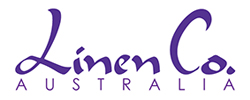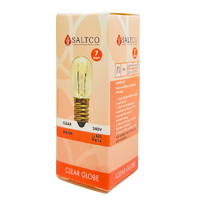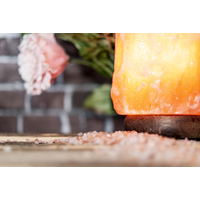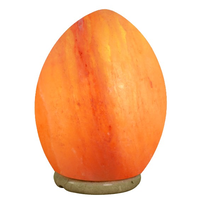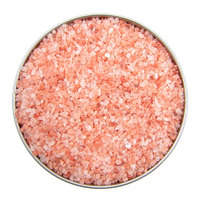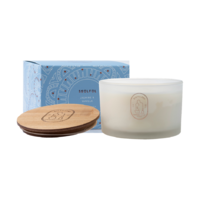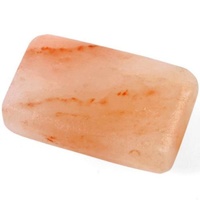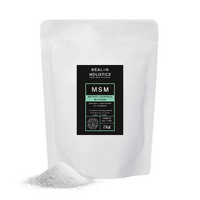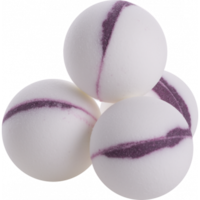The History Of Aromatherapy
Author: Saltco Australia Date Posted:28 January 2018
Are you familiar with aromatherapy? There’s a good chance you are, even if you don’t know it. The concept itself is simple enough to understand; it’s the use of essential oils and other natural materials to produce aromas that improve your general well-being.
It’s normally used nowadays as a form of what’s called complementary therapy, meaning professionals use it along with a form of tried-and-true medicine. However, the history of aromatherapy is more or less the history of humanity itself. It’s a diverse practice that’s been used around the world for millennia, and it’s still used in many places today.
As with anything this old, the origins of aromatherapy are difficult to pin down. We can trace the practice to several areas, notably ancient Egypt. They were renowned for their ability to extract aromas from trees and herbs, particularly cedars. They commonly used extracts and oils in the mummification process, as well as other religious rituals.
In fact, this tradition of using aromas for religious purposes was in use all over the world around this time. The ancient Chinese used oils and herbs, and burned various types of incense to show their devotion to various gods, but they also began to use them for another purpose: medicine. The oldest surviving medical book in China, dated around 2,700 BC, utilizes over 300 types of aromatic herbs in its various recipes.
Over the centuries, aromatic oils spread west to the Mediterranean, and the ancient Greeks used this to its fullest potential. A Greek perfumer named Megallus developed an aroma made of myrrh that he called megaleion. Dioscorides, a prominent physician, in his book “De Materia Medica” (“On Medical Material”), described various oils and their healing properties as well. And Hippocrates, the “father of modern medicine,” as he’s so often called, utilized these oils from an early form of aromatherapy.
Around the eleventh century AD, distillation – the practice of separating components of a liquid – was properly invented, and perfected by people such as Persian renaissance man Avicenna. Avicenna invented a form of steam distillation, thus isolating essential oils. However, it wasn’t until the 19th century, following the Scientific Revolution, that scientists in Europe began to observe essential oils and their effects on human biology.
And as with many scientific breakthroughs, the emergence of aromatherapy as a medical beneficiary began with an accident. René-Maurice Gattefossé was a French chemist, one of the aforementioned scientists. In 1910, he came forward with an interesting claim: while he was working in his laboratory one day, a chemical reaction had gone wrong and exploded, severely burning his hand. The interesting part? He seemed to have healed it entirely using lavender oil.
Gattefossé later wrote a book on the subject, called “Aromathérapie: Les Huiles Essentielles, Hormones Végétales” (“Aromatherapy: Essential Oils, Vegetable Hormones”) which, among other things, coined the term “aromatherapy.” The book also influenced a French surgeon named Jean Valnet, who used techniques found in the books to treat wounded soldiers during World War II.
Although it’s not considered an official form of treatment, something as old as aromatherapy must have SOME health benefits to it, right? Well, the short answer is yes, although the specifics of each essential oil and their effects on each person varies to the point where it’s hard to measure.
Aromatherapy is most commonly used today as a stress reliever. Many essential oils are considered relaxants, in that they help relieve stress and anxiety. An added benefit to this is that they’re easily accessible, and can be used at home. Going a step further, it’s commonly used to treat depression, although this is where it should be mentioned that aromatherapy should not be used as the primary form of medicine.
Studies have shown that aromatherapy can benefit plenty of other areas of the mind, and is also commonly used to boost memory, particularly among the elderly and those afflicted with Alzheimer’s. On a more physical note, forms of aromatherapy have been shown to help reduce headaches (occasionally by reducing stress and anxiety levels) and increase energy levels and circulation flow.
There’s also been evidence that essential oils and aromatherapy have other benefits. Lavender oil in particular is known for its aid in sleep regulation, while other oils have commonly been used to relieve pain and strengthen the immune system. Of course, the fact that it’s been around this long and it’s so widely used indicate that people will continue reaping its benefits in some capacity, for ages to come.


